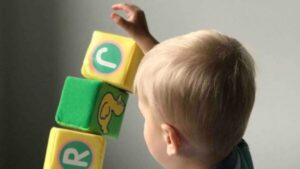
10 Innovative Projects You Can Create with Magnetic Blocks
Magnetic blocks are a classic toy that never seems to go out of style. They’re fun, creative, and educational for kids of all ages. With
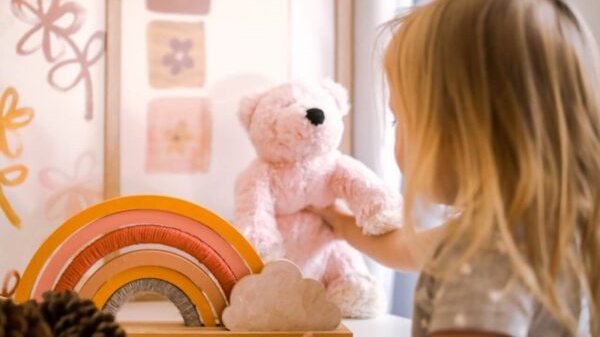
Magnetic building blocks have become a staple toy for children around the world. But these colorful little blocks are far more than just a fun plaything. Magnetic building blocks offer a wealth of benefits that make them an ideal educational tool for kids of all ages.
In this blog post, we’ll explore the many merits of magnetic building blocks and see why they’re much more than just another toy.
The original magnetic building block toy was created in the early 1960s by two Danish inventors, Godtfred Kirk Christiansen and Ole Kirk Christiansen. They came up with the idea for plastic interlocking bricks with magnets embedded inside that would stick together. These building blocks were originally called “automatic binding bricks.”
The interlocking magnetic bricks were eventually renamed LEGO blocks after the Danish phrase “leg godt” meaning “play well.” LEGO blocks were commercialized in 1949 and have been popular children’s toys ever since. Over the decades, LEGO has evolved into a massive brand, offering various themed block sets from Star Wars to Minecraft.
However, LEGO blocks are not the only magnetic building block toys on the market today. Other brands like Magna-Tiles and Picasso Tiles offer similar magnetic construction toys for kids. The basic concept remains the same: colorful plastic blocks that connect through magnetic force to build inventive structures and designs.
The magnetic building block market has grown exponentially in recent years. With increased focus on STEM education, parents and educators recognize the benefits these toys provide for developing crucial skills in engineering, math, and science. This has led to an explosion of magnetic block brands, including newcomers like Magformers, Blockaroo, and Polydron.
With this proliferation of magnetic building block sets, the play possibilities are endless. Kids can now use these toys to construct buildings, vehicles, animals, mosaic art designs, marble runs, and more. While LEGO maintains its supremacy, these other brands help spread the magnetic building block craze worldwide.
One of the greatest benefits of magnetic building blocks is that they help develop fine motor skills in children. The act of connecting the blocks together works on hand-eye coordination and precision. Fitting the blocks together requires dexterity in the fingers and hands to manipulate the pieces.
Younger kids may struggle at first to connect the blocks or pull them apart. However, their fine motor abilities will improve with practice and repetition. Older kids can challenge themselves by constructing elaborate block structures that require advanced motor skills.
Playing with magnetic building blocks engages the muscles in the hands and fingers that are crucial for activities like writing, drawing, and manipulating tools. As kids build up these fine motor skills, they’ll have an easier time with various academic and creative pursuits.
Beyond building hand-eye coordination and dexterity, magnetic blocks also develop visual tracking skills. Children must carefully observe where blocks are placed to determine how to connect them and continue building their structure. The focus required to track block placement helps hone concentrative visual abilities.
Working with magnetic blocks enhances the precision grip control needed for tasks like holding a pencil or using scissors correctly. The play encourages using individual fingers in isolation, rather than the whole hand. Isolating finger movements leads to refined motor control.
Overall, the manipulative hand and finger motions involved in magnetic block construction provide the ideal way to build up essential fine motor skills for future learning and development.
Magnetic building blocks are an open-ended toy with infinite possibilities. They inspire creativity and imagination in the child as there are no strict rules for what can be built. Kids are free to use their own ingenuity to construct anything they can dream of.
Building blocks foster open-ended play, a form of play where the child takes the lead. There is no specific right or wrong way to use the blocks. Kids can build houses, castles, robots, animals – anything their imagination conceives. This child-driven experience helps develop problem-solving as they determine how to bring their ideas to life.
The freeform nature of magnetic building blocks provides an outlet for creativity. Kids are motivated to build the structures in their mind’s eye, calling upon innovative solutions and designs. Open-ended play with building blocks grants kids artistic freedom and unlocks their inner creativity.
Playing with magnetic blocks develops spatial reasoning abilities as children manipulate the blocks to create three-dimensional structures. They must visualize how blocks fit together in space to construct their design. Navigating 3D space nurtures flexible thinking and mental rotation skills.
Magnetic building blocks also drive creative innovation as children discover new ways to combine and construct with the blocks. Trial and error leads to out-of-the-box thinking. Kids are inspired to devise original block structures rather than following instruction manuals.
Unstructured play promotes imagination and self-expression. There are no expectations to conform to certain standards. Kids have the freedom to test their own creative limits under their own direction.
In addition to boosting creativity, magnetic building blocks teach core STEM concepts. Children learn basic physics as they explore magnetism, gravity, and symmetry. When structures inevitably topple over, kids begin to understand balance and stability.
As children combine different shaped blocks, they recognize patterns, shapes, and colors. Counting the number of blocks used introduces early math skills. Sorting blocks by size or color reinforces classification abilities.
Following step-by-step block patterns encourages logical thinking and reasoning skills. Older kids can delve into advanced math and geometry principles as they build more complex block structures. The interplay between blocks sets the groundwork for fundamental science and math skills.
Playing with magnetic blocks provides a hands-on way for children to explore engineering fundamentals. Concepts like tensile strength, compression, and load distribution become tangible through experimentation. Kids learn why some block constructions hold together while others collapse.
Through iterative block building, spatial cognition skills are strengthened as children learn about symmetry versus asymmetry, negative versus positive space, and abstract versus concrete forms. Analyzing 3D relationships in their block designs hones perceptive abilities.
As kids observe magnetic forces at work between blocks, they gain intuitive insight into magnetism and polarity. Young minds start making connections between cause and effect, structure and function. This propels interest in exploring science further.
Collaborative play with magnetic building blocks develops essential social and emotional abilities in children. Group building projects teach teamwork and cooperation as kids work together towards a shared goal.
Younger kids learn skills like sharing and turn-taking when they play jointly with peers. Older kids practice communication, problem-solving, and compromise in working as a team. Completing a block creation as a group instills a sense of collective accomplishment.
Building together also forges stronger relationships and bonds between children. Shared interests and creativity strengthen friendships. Kids learn to manage emotions and resolve conflicts that arise during group play. Overall, socializing through building block play nurtures vital social-emotional growth.
Magnetic building blocks enable constructive collaborative play, where children build their social capacities while playing cooperatively. Kids must coordinate their actions and communicate effectively to create a cohesive block structure.
Playing in groups with magnetic blocks develops empathy and theory of mind as kids learn to understand alternate perspectives. They must take others’ ideas into account to align their block-building tactics. This promotes sensitivity, cooperation, and sharing.
Experiencing a common obstacle during group block play unites kids to work towards the same outcome. Shared problem-solving builds resilience and brings children closer together. And recognizing each other’s contributions fosters mutual respect.
Magnetic building blocks provide the perfect gateway to get kids interested in STEM subjects. Early exposure to engineering, architecture, and physics principles paves the way for more advanced STEM learning.
Many block sets are designed specifically around STEM themes like robotics, mechanics, or architectural landmarks. These sets provide fun, hands-on exposure to STEM concepts that spark kids’ curiosity and motivate further learning.
Playing with magnetic building blocks gives children a chance to think and act like real engineers, architects, and scientists. The experience builds confidence for tackling more formal STEM subject matter as kids progress through school.
The trial-and-error nature of building block play models the scientific process of questioning, testing, and analyzing results. Kids rapidly iterate magnetic block designs, learning from what works and what fails. This nurtures vital problem-solving skills and tenacity.
Drawing parallels between block constructions and real-world structures provides concrete examples of abstract STEM ideas. Kids can better understand spatial relationships, mechanical forces, and geometric principles through physical block models.
Magnetic building blocks supply the tools for kids to actively create STEM learning opportunities tailored to their interests. As children build STEM knowledge brick by brick, they gain an empowering hands-on learning experience.
Beyond neurotypical children, magnetic building blocks offer unique benefits to kids with special needs like autism. The structured, systematic play aligns well with autistic learning styles. Snapping the pieces together provides soothing sensory stimulation.
For nonverbal or socially impaired autistic children, playing alongside peers with building blocks can encourage social interaction and communication. Creating something together often motivates autistic kids to engage with others.
The flexibility of building block play also allows children on the spectrum to direct the experience based on their needs. There is no single expected outcome, reducing performance anxiety. Overall, magnetic building blocks are a versatile tool to enrich learning for autistic children.
Magnetic blocks offer autistic children a calm, focused activity with satisfying built-in rewards. Completing block structures provides a sense of achievement that builds confidence and self-esteem. Repetitive, orderly block-stacking motions have a calming effect.
Visually driven autistic children find the bright colors and patterns of magnetic blocks highly engaging. Many autistic kids are also drawn to STEM subjects, and building blocks provide an intuitive introduction. This primes their interest in early math and science skills.
For autistic children who tend to think literally and visually, grasping abstract concepts can prove challenging. But tangible block creations help convey complex ideas like geometry, balance, and spatial reasoning through concrete demonstration.
A final advantage of magnetic building blocks is that they deliver engaging fun for kids of all ages. Preschoolers delight in stacking the blocks. Grade schoolers love challenging their construction skills. And middle schoolers enjoy showcasing their elaborate block creations.
The complexity of block structures can be scaled up as kids gain dexterity and cognitive abilities. Older kids remain engaged since building complexity is only constrained by their ingenuity. And a wide variety of themed block sets means endless possibilities.
Even into adulthood, magnetic building blocks continue to stimulate creativity and imagination. Adult “AFOL” (Adult Fans of LEGO) communities are growing worldwide as nostalgic adults rediscover the joy of block building. The adult brain gains similar cognitive benefits related to focus, problem-solving, and stress reduction from playing with magnetic blocks.
Magnetic building blocks can also bring adults and children together through intergenerational play. Shared block play provides bonding time while encouraging the development of patience and communication skills. The blocks establish a common ground for engaging interaction between generations.
No matter the age, the versatility of magnetic building blocks means a stimulating hands-on activity suited for any interest. Kids and adults alike reap the developmental advantages while engaging in creative, screen-free play.
In summary, magnetic building blocks like LEGO, Magna-Tiles, and Picasso Tiles are far more than just a fun toy. These deceptively simple plastic bricks offer immense developmental benefits for children.
Building block play promotes fine motor skills, creativity, STEM learning, social skills, and endless enriching play. Kids are empowered to build anything they can imagine while sharpening dexterity, problem-solving, and higher-order thinking abilities.
Magnetic building blocks inspire open-ended play that stretches children’s capabilities and expands the mind. For kids across the developmental spectrum, magnetic building blocks provide the just-right mix of fun and enriched learning. More than just a toy, they are a springboard for nurturing well-rounded skills.
The benefits of magnetic building blocks span cognitive, social-emotional, motor, and creative development. Just as varied structures can be constructed from the blocks, they help construct core abilities within the child. With these blocks, kids gain far more than just play enjoyment. They gain key life foundations to help them flourish.


Magnetic blocks are a classic toy that never seems to go out of style. They’re fun, creative, and educational for kids of all ages. With

Magnetic building blocks have become an essential toy for encouraging creativity, imagination, and early STEM skills in children. With so many brands on the market,

STEM (science, technology, engineering and math) fields are still predominantly male, with women making up only 28% of the STEM workforce. However, getting girls interested
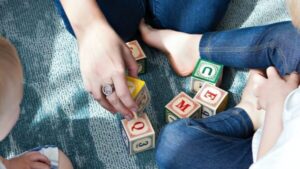
Magnetic blocks are a classic toy that most children have played with at some point. However, these simple colored blocks are so much more than
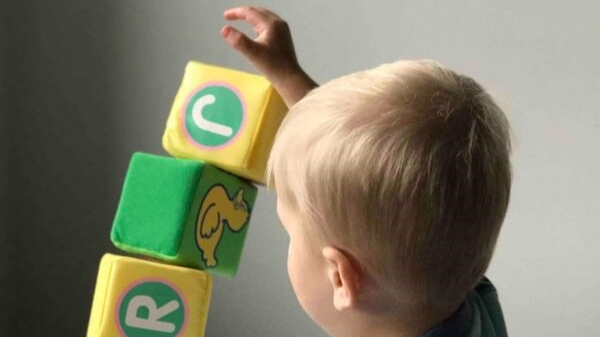
Magnetic blocks are a classic toy that never seems to go out of style. They’re fun, creative, and educational for kids of all ages. With
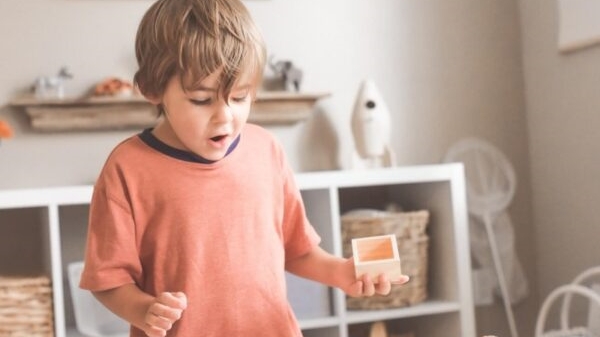
Magnetic building blocks have become an essential toy for encouraging creativity, imagination, and early STEM skills in children. With so many brands on the market,
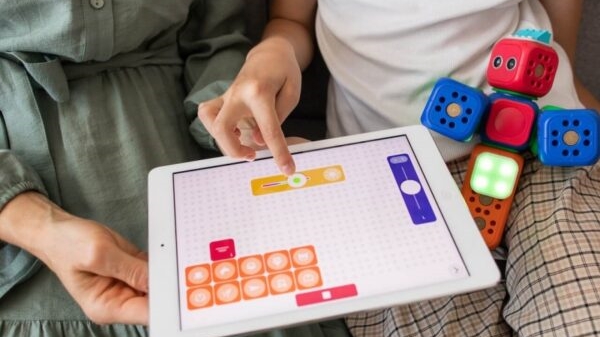
STEM (science, technology, engineering and math) fields are still predominantly male, with women making up only 28% of the STEM workforce. However, getting girls interested
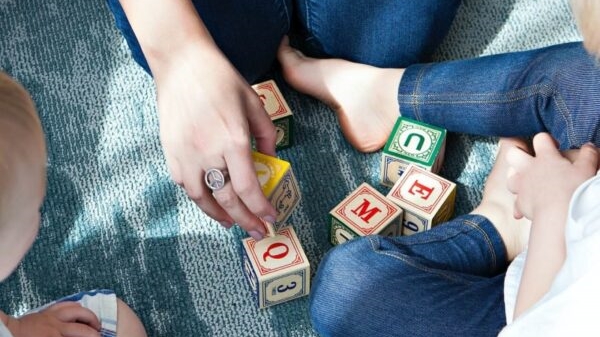
Magnetic blocks are a classic toy that most children have played with at some point. However, these simple colored blocks are so much more than
Copyright © 2024 magneticbuildingblockskit. All Rights Reserved.